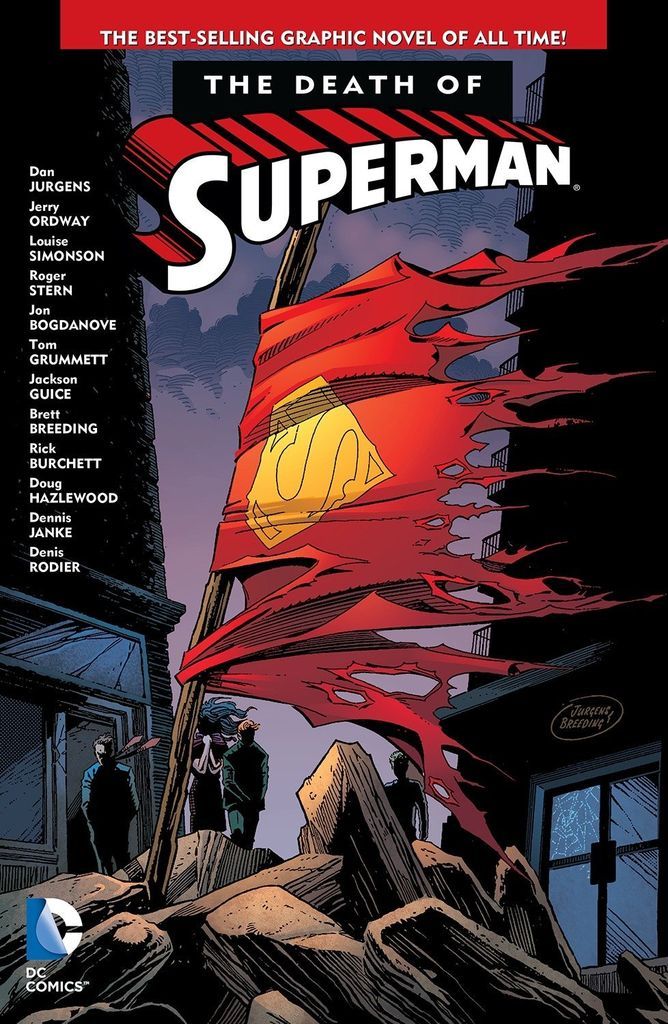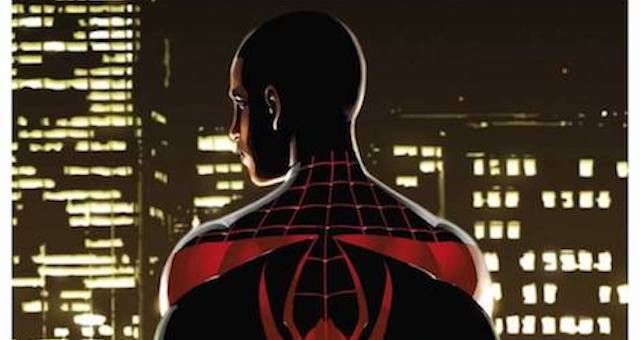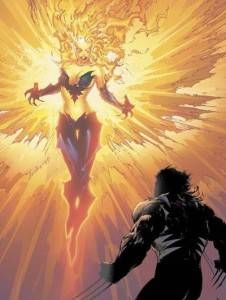To be clear, I’m not talking about the deaths of bystanders or one-off characters created for specific stories. Those deaths can range anywhere from meaningless to deeply profound, depending on the writer. I’m talking about established characters with their own monthly titles, leading teams, appearing on T-shirts and in movie theaters. Batman has died more than a dozen times between Joker blowing him up, Darkseid killing him during Final Crisis, and vampire Batman sacrificing himself to kill Dracula. Superman’s demise in The Death of Superman made TV and newspaper headlines in 1993. Captain America was assassinated after the original Civil War. Jean Grey has died and been reborn many times, often carrying the on-the-nose moniker Phoenix. Every member of the Justice League has died at least once. They’re all dead right now as part of Dark Crisis, as a matter of fact. Since Jonathan Hickman revamped the X-Men, all mutants are effectively immortal, which means they’re dying and coming back A LOT. I remember watching Captain America: The First Avenger for the first time. Even without my existing knowledge of comic books, when I saw Bucky fall off that train into the gorge, I knew he wasn’t dead. As a movie based on a comic, I assume it follows death in comic book rules. If I don’t see a body OBVIOUSLY dead, they’re going to show up again very soon. Even that rule doesn’t seem to really apply anymore, though sometimes these characters can stay in the grave for years. The nature of death in comic books is closely tied to the nature of the genre. Detective Comics has been running since 1937. Batman has been the star of it since 1939. The Fantastic Four first appeared in 1961. Superman in 1938. Wonder Woman in 1941. Even B-listers who have been recently elevated, like Rocket Raccoon, have been around since the 1970s. When any serialized story runs this long, the challenge is always to find new ways to tell stories. Death is often an answer to this challenge. And the results of death in comic books can be amazing. Major character deaths have given us Sam Wilson as Captain America. The death of the Justice League has made way for a host of newer, more diverse characters to step up in the DC Universe right now. With any of these major deaths, though, there’s always an expectation that those characters will come back eventually. Maybe it’ll be in a month, maybe a few years. But they’ll be back. The status quo restored. At what point does death lose all meaning in comic books? Looking again to Dark Crisis, I don’t believe for one minute that the main Justice League is staying dead for any significant amount of time. Batman, Superman, and Wonder Woman alone sell so many books that DC won’t leave Bruce, Clark, and Diana out of those titles for very long. So, when they were all disintegrated at the beginning of this event, I didn’t shed a tear. I didn’t really feel the grief that is central to the Dark Crisis story. They’ll be back. It’ll be fine. Maybe I’m wrong, but I don’t think so, and the emotional impact just wasn’t there for me. The Judgment Day storyline from Marvel Comics is unusual, looking directly at the meaninglessness of death as a major plot point. The Eternals are targeting mutants specifically because the mutants are defying death. I’m hoping Judgment Day results in the end to mutant immortality. For the last few years, X-Men writers have been killing off mutants left and right, reviving them just as fast, and not worrying about the stakes. It’s made the novelty of Krakoa turn quickly into boredom. Death in comic books requires a delicate balance. Superman’s first death in 1992 hit everyone hard. There was a big build-up, a climactic battle, and the mourning felt real. His second death(s) in 1998 was just a welcome return to the status quo after the weird Red/Blue Superman arc. These deaths need to be exceedingly rare, built up well, and need to last for a while to have a real effect. As it is now, they’re just another tired comic book trope.


